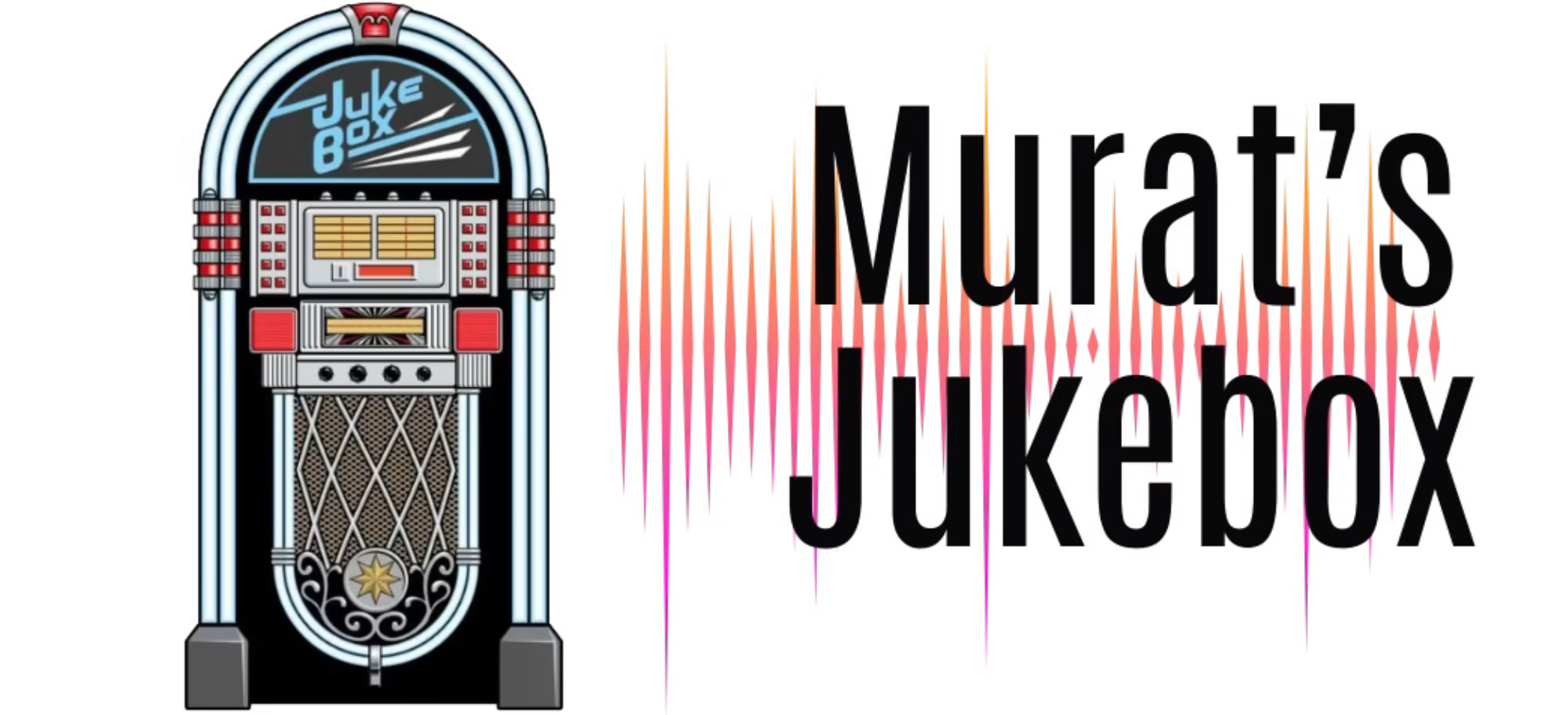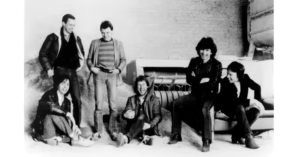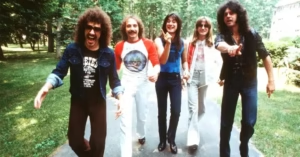Uriah Heep: The Overlooked Architects of Heavy Prog
Uriah Heep. Formation and Early Years
Uriah Heep was formed in London in 1969, evolving from a band called Spice. The classic lineup was:

- David Byron – Vocals
- Mick Box – Guitar
- Ken Hensley – Keyboards, guitar, vocals
- Paul Newton – Bass
- Lee Kerslake – Drums (joined in 1971)
The band’s name was inspired by a character in Charles Dickens’ David Copperfield. Their sound fused hard rock, progressive rock, and heavy metal, characterized by rich vocal harmonies, Hammond organ flourishes, and fantastical themes.
Uriah Heep. Musical Style and Innovations
Uriah Heep’s music is often described as a blend of:
- Heavy metal riffing and organ-based hard rock
- Progressive rock complexity and mysticism
- Gothic and fantasy lyrics, especially in early albums
- Massive multi-part harmonies, influenced by both classical and pop traditions
Often grouped with Deep Purple, Black Sabbath, and Led Zeppelin, they were also instrumental in shaping the melodic side of early heavy metal, as well as contributing to the birth of symphonic metal.
Uriah Heep. Landmark Albums and Highlights
…Very ‘Eavy …Very ‘Umble (1970)
Their debut featured the dramatic “Gypsy,” showcasing their trademark organ-guitar interplay and soaring vocals.
Salisbury (1971)
A more progressive work with orchestral elements. The 16-minute title track is an ambitious suite blending classical and rock themes.
Look at Yourself (1971)
Their heaviest and most aggressive early album, with tracks like “July Morning” (a fan favorite) and the powerful title track.
Demons and Wizards (1972)
A signature release. With “The Wizard” and “Easy Livin’”, it solidified their international reputation and became a blueprint for fantasy-themed hard rock.
The Magician’s Birthday (1972)
A conceptual follow-up, full of mythological lyrics and dynamic shifts. Tracks like “Sunrise” and the title piece remain staples.
Sweet Freedom (1973)
More blues-based and accessible, featuring the hit “Stealin’.” A shift toward more straightforward rock while retaining their grandeur.
Uriah Heep. Turbulence and Revival (Mid-1970s to 1990s)
Despite international success, Uriah Heep faced constant lineup changes:
- David Byron was fired in 1976 due to alcoholism; he died in 1985.
- Ken Hensley left in 1980; his songwriting was crucial in the band’s early identity.
Despite this, albums like Return to Fantasy (1975), Firefly (1977), and Abominog (1982) kept them afloat during changing musical climates.
In the 1980s and 1990s, they maintained a loyal fanbase, especially in Eastern Europe, Japan, and Germany, even as their Western popularity declined.
Uriah Heep. Modern Era and Legacy
Mick Box, the band’s guitarist and co-founder, has been the consistent member and leader through all eras.
Uriah Heep’s recent decades have been marked by creative resurgence and global touring:
- Wake the Sleeper (2008)
- Into the Wild (2011)
- Outsider (2014)
- Living the Dream (2018)
- Chaos & Colour (2023) — praised for recapturing the energy and sophistication of their early work.
Their lineup since the 2000s has been stable and powerful, with vocalist Bernie Shaw and keyboardist Phil Lanzon playing central roles.
Influence and Significance
Despite being underrated in mainstream rock histories, Uriah Heep has had a deep influence on:
- Power metal and symphonic rock (Helloween, Blind Guardian)
- Progressive metal (Dream Theater, Opeth)
- Classic hard rock and proto-metal scenes
Their blend of melodic grandeur, fantasy themes, and vocal theatrics helped shape the DNA of entire genres.
Interesting Facts
- They were one of the first Western rock bands to tour the Soviet Union in the late 1980s.
- Their song “Easy Livin’” became a surprise hit in the U.S. and across Europe.
- Ken Hensley wrote or co-wrote many of the band’s most beloved tracks, including “Lady in Black.”
- Uriah Heep has released over 25 studio albums and performed thousands of concerts in more than 60 countries.
Uriah Heep vs. Deep Purple vs. Black Sabbath
The Three Pillars of Early Heavy Rock
1. Musical Style and Signature Sound
| Band | Key Elements |
|---|---|
| Uriah Heep | Melodic hard rock fused with progressive and fantasy elements. Distinctive for their multi-part vocal harmonies, Hammond organ, and mystical lyrics. Often more theatrical and poetic. |
| Deep Purple | Hard rock rooted in blues and classical, powered by Ritchie Blackmore’s guitar virtuosity and Jon Lord’s organ riffs. Known for speed, aggression, and improvisation. |
| Black Sabbath | Dark, downtuned riffs and doom-laden atmosphere. Themes of war, death, occult, and social decay. Birthplace of heavy metal. Tony Iommi’s riffs and Geezer Butler’s lyrics defined metal’s tone. |
2. Vocals and Lyricism
| Band | Vocals / Lyrics |
|---|---|
| Uriah Heep | David Byron’s operatic voice and theatrical delivery were key. Lyrics often explored myth, fantasy, and introspection. Later vocalists (e.g., Bernie Shaw) continued the legacy. |
| Deep Purple | Ian Gillan brought high-pitched intensity, blues-rooted swagger, and occasional mysticism. Lyrics were straightforward but sometimes philosophical or ironic. |
| Black Sabbath | Ozzy Osbourne’s eerie tone gave weight to lyrics about war, addiction, paranoia, and religion. Bleak but poetic. Later vocalists like Dio added epic grandeur. |
3. Instrumental Identity
| Band | Key Instrumental Features |
|---|---|
| Uriah Heep | Rich, layered arrangements; Ken Hensley’s Hammond organ and guitar drove the sound. Known for complex interplay between rhythm and vocals. |
| Deep Purple | A showcase of virtuoso musicianship — especially Blackmore (guitar) and Jon Lord (organ). Known for extended jams and fast-paced riffs. |
| Black Sabbath | Iommi’s crushing riffs are legendary. Sabbath was heavier, slower, and more rhythmically minimalist. Emphasis on atmosphere and mood. |
4. Lyrical Themes
| Band | Common Themes |
|---|---|
| Uriah Heep | Fantasy, dreams, introspection, light vs. dark, emotional journeys. |
| Deep Purple | Rebellion, fame, love, freedom, sometimes mythology or history. |
| Black Sabbath | War, apocalypse, mental illness, drug abuse, religious fear, existential dread. |
5. Critical Reception and Commercial Success
| Band | Success and Perception |
|---|---|
| Uriah Heep | Huge in Europe, Russia, and Japan. Often dismissed by UK/US critics, though deeply influential in metal and prog circles. Cult status in the West. |
| Deep Purple | Major global success. Revered for live performances and albums like Machine Head. Rock Hall of Fame inductees. |
| Black Sabbath | Universally hailed as metal’s founding fathers. Albums like Paranoid and Master of Reality are genre-defining. Global influence across rock and metal. |
6. Essential Albums by Each Band
| Uriah Heep | Deep Purple | Black Sabbath |
|---|---|---|
| Demons and Wizards (1972) | In Rock (1970) | Paranoid (1970) |
| The Magician’s Birthday (1972) | Machine Head (1972) | Master of Reality (1971) |
| Look at Yourself (1971) | Made in Japan (1972, live) | Black Sabbath (1970) |
| Sweet Freedom (1973) | Perfect Strangers (1984) | Heaven and Hell (1980, Dio) |
7. Legacy and Influence
- Uriah Heep: Inspired European power metal and symphonic rock. Often cited by bands like Helloween, Blind Guardian, and Axel Rudi Pell. Revered for emotional depth and harmonic grandeur.
- Deep Purple: A blueprint for arena rock and metal. Influenced Yngwie Malmsteen, Metallica, Iron Maiden, and more. Fusion of classical and rock technique lives on in modern shred guitar.
- Black Sabbath: The foundation of doom, stoner, and heavy metal genres. Revered by metal bands across all subgenres, from Slayer to Opeth to Ghost.
Summary:
| Feature | Uriah Heep | Deep Purple | Black Sabbath |
|---|---|---|---|
| Style | Prog-metal, fantasy rock | Hard rock with classical roots | Doom-laden heavy metal |
| Iconic Member | Mick Box / Ken Hensley | Ritchie Blackmore / Ian Gillan | Tony Iommi / Ozzy Osbourne |
| Signature Song | “Easy Livin’” | “Smoke on the Water” | “Paranoid” |
| Cultural Role | Theatrical innovators | Virtuoso hard rockers | Metal pioneers |
| Global Reach | Massive in Eastern Europe | Globally respected | Universally iconic |





